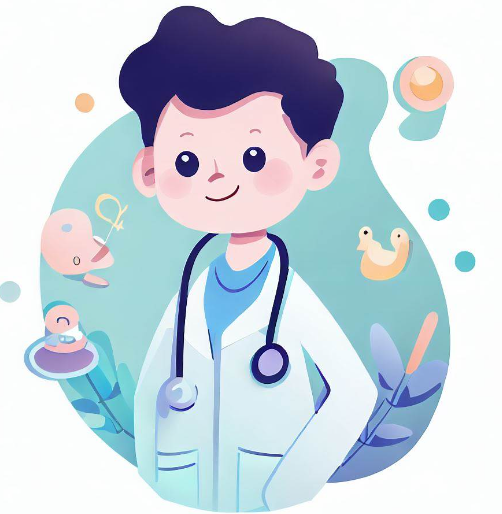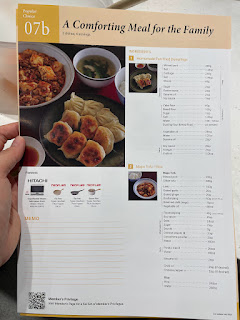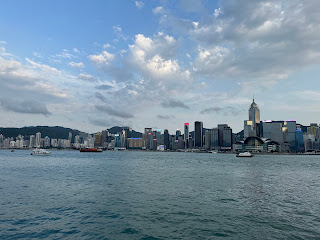Which bottle material should I go for? PPSU vs PP vs Tritan vs Glass
If you are a new parent or expecting a baby soon, you might be wondering what kind of baby bottle material is best for your little one. There are many options available in the market, such as PPSU, PP, Tritan and glass. Each of these materials has its own pros and cons, including durability, cost, safety and appearance. In this blog post, we will compare these four types of baby bottle materials and help you make an informed decision.
PPSU (Polyphenylsulfone)
PPSU is a medical-grade plastic that is considered the "gold standard" for baby bottles. It is naturally honey-toned and very hard-wearing. It can withstand high temperatures (up to 180 degrees Celsius) and impacts without affecting its shape or texture. It is also free from BPA, BPS and other harmful chemicals, ensuring your baby's health and safety. PPSU bottles are easy to clean and sterilise, making them a convenient choice for busy parents. It's recommended to replace the bottles every 12 months.
Pros:
- Durable and long-lasting
- Heat and impact resistant
- Chemical-free and safe
- Easy to clean and sterilise
Cons:
- More expensive than other materials
- Has a yellowish tint that some parents may not like
Examples of PPSU bottles:
PP (Polypropylene)
PP is the most common material for baby bottles. It is a lightweight and sturdy plastic that is also free from BPA, BPS and other toxins. PP bottles are ergonomic and affordable, making them a popular choice for many families. However, PP bottles cannot withstand high temperatures and may lose their luster with frequent use. They may also absorb odors and stains over time. PP bottles are recommended for light use only and should be replaced at the first sign of weakness. Typically, you should replace PP bottles every 6 months.
Pros:
- Lightweight and ergonomic
- Toxin-free and safe
- Affordable and widely available
Cons:
- Not heat resistant
- Prone to wear and tear
- May absorb odors and stains
Tritan
Tritan is a new type of plastic that is gaining popularity for baby bottles. It is a clear and transparent material that looks like glass but is much lighter and more durable. It is also free from BPA, BPS and other harmful chemicals, making it a safe option for your baby. Tritan bottles are resistant to scratches, stains and odors, making them easy to maintain.
Pros:
- Clear and transparent
- Light and durable
- Chemical-free and safe
- Scratch, stain and odor resistant
Cons:
- Expensive
Glass
Glass is the oldest and most traditional material for baby bottles. It is a natural and inert material that does not leach any chemicals or toxins into your baby's milk. Glass bottles are also heat resistant and can be safely microwaved or boiled. Glass bottles are easy to clean and sterilise, as they do not absorb any odors or stains. However, glass bottles are also heavy and fragile, making them prone to breakage if dropped or knocked over. Glass bottles may also be more expensive than other materials.
Pros:
- Natural and inert
- Heat resistant
- Chemical-free and safe
- Easy to clean and sterilise
Cons:
- Heavy and fragile
- Prone to breakage
- More expensive than other materials
Conclusion
As you can see, there is no one best material for baby bottles. Each material has its own advantages and disadvantages, depending on your preferences, budget and lifestyle. The most important thing is to choose a baby bottle that is safe, comfortable and suitable for your baby's feeding needs. You may also want to try different types of materials before settling on one that works best for you and your baby.
For us, we started with Philips Avent PP and changed to Philips Avent PPSU due to its longer lifespan. Tritan was attractive but Evorie's teats did not suit my LO.

















Comments
Post a Comment